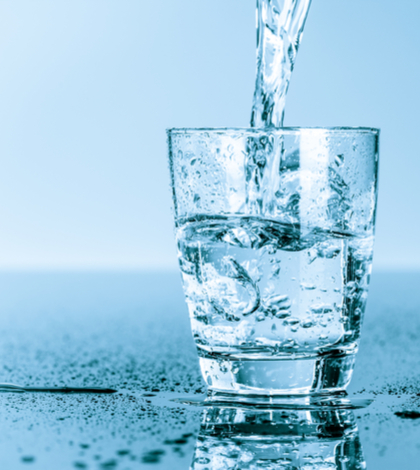The Central Coast Regional Water Quality Control Board (CCRWQB) has expressed its support for and joined with the State Water Resources Control Board’s (SWRCB) Office of Enforcement and the Salinas Basin Agricultural Stewardship Group in a recent agreement to soon provide safe drinking water to disadvantaged communities in the Salinas Valley. The Stewardship Group will supply the replacement drinking water at no cost to these communities who drinking water is contaminated with nitrate. Water deliveries are expected to begin within the month.
The Central Coast Regional Water Quality Control Board has worked for the past decade in identifying and working those communities at risk for nitrate contamination and have worked to ensure that clean and affordable drinking water options are available. Nitrate contamination of groundwater is a serious water quality challenges facing rural communities in the Central Coast and other parts of California.
A presentation to the Monterey County Board of Supervisors is scheduled for June 13 by the SWRCB, the CCRWQB and the Stewardship Group regarding their plans for the drinking water deliveries. The three water agencies will also participate in Salinas Area community meetings this summer to provide additional information an answer questions about the pending agreement.
“We are working closely with the Stewardship Group to ensure that the promise and potential of this agreement are fulfilled for those lacking access to safe, affordable drinking water.” said John Robertson, the Central Coast Water Board’s Executive Officer. “Our hope is that through successful implementation, this agreement will serve as a model for other parts of the region and state that are affected by unsafe drinking water due to nitrate.”
The drinking water delivery program has been organized and funded by members of the Stewardship Group along with a coalition of local agricultural owners and operators. It is expected to run for one year with a second year option based on achieving performance targets.
“This agreement is a significant collective step by growers and land owners towards ensuring those in need are provided safe drinking water in the Salinas Valley,” said Dr. Jean-Pierre Wolff, chairman of the Central Coast Water Board.
As part of the new agreement work has also begun to identify permanent solutions to fund replacement water for the Salinas area nitrate polluted groundwater basin. In the interim the State Water Board and Central Coast Water Board have agreed to suspend specific enforcement activities. The two agencies have also agreed to extend the window for joining the Stewardship group until June 1, 2017, to allow farmers and others who are still considering joining the agreement.
“Because some farmers said they hadn’t received information about the enforcement standstill, we’ve decided to extend the deadline to join the Stewardship Group to June 1,” advised Cris Carrigan, director of the State Water Board’s Office of Enforcement. “If you haven’t joined by then, expect to receive an investigation order.”
The Central Coast Water Board is also working with agriculture and others to control the sources of nitrate pollution in groundwater through implementation of the recently adopted agricultural order, among other actions directed at nitrate sources. Combined with the pilot program for providing safe drinking water, these efforts address both the immediate needs and the long-term goal of improving groundwater quality through controlling the pollution’s source.
The initial phase of the pilot program covers small drinking water systems and domestic wells serving about 850 residents in rural Monterey County that depend on groundwater for household uses. The Coalition for Urban/Rural Environmental Stewardship (CURES), which is implementing the program, is contacting residents whose water sources have nitrate levels above the safe drinking water standard.
“We have a responsibility both to protect those in need of safe drinking water now and to those who will rely on the Salinas Valley’s groundwater for generations to come,” said Robertson.
 California Water News Daily Your Source For Water News in California
California Water News Daily Your Source For Water News in California


